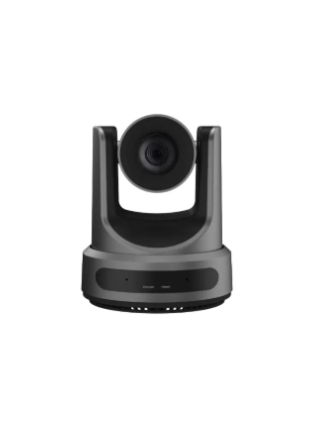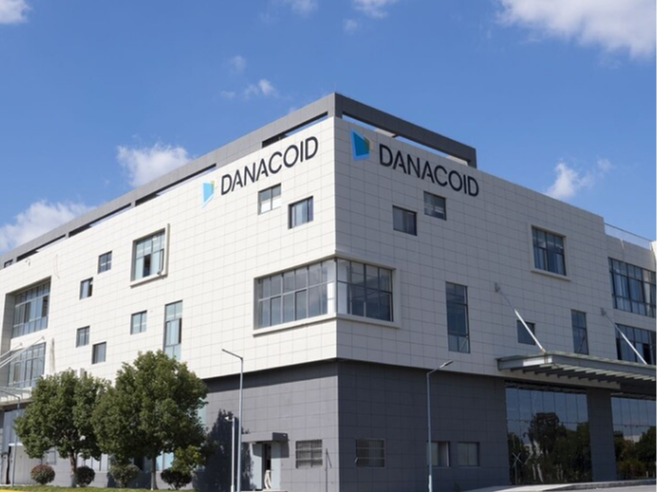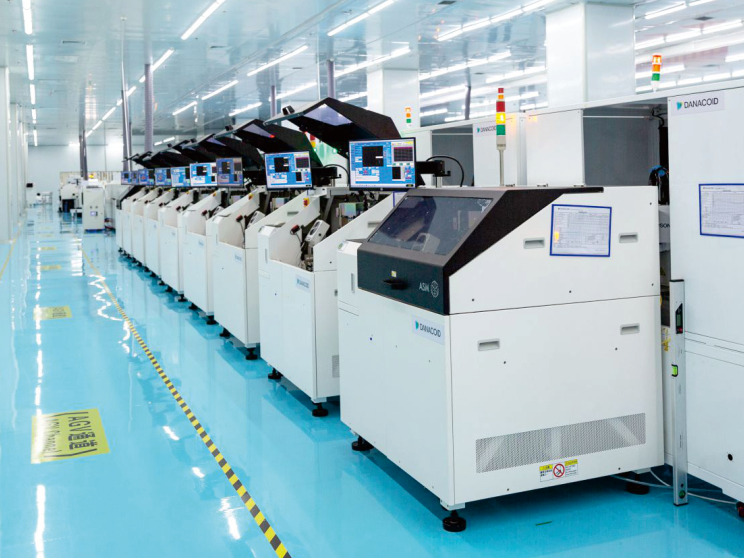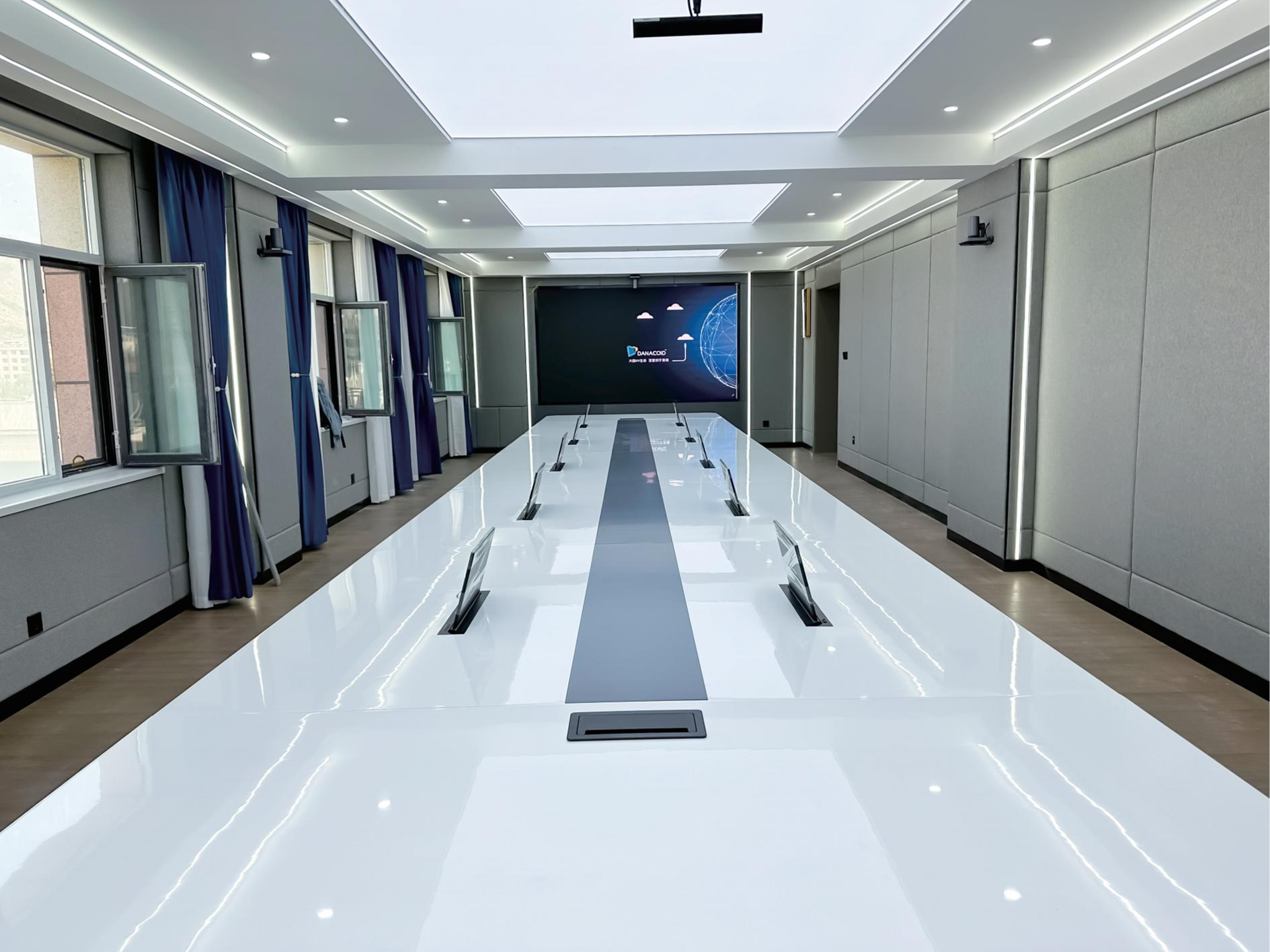How Video Conferencing Cameras Integrate with Communication Tools
API and Software Compatibility
API (Application Programming Interface) compatibility is crucial for enabling seamless integration of video conferencing cameras with existing communication tools. By providing pathways for data exchange and commands between hardware and software, APIs ensure that devices can work harmoniously together, thereby enhancing the overall functionality and user experience. Software compatibility, on the other hand, guarantees smooth firmware updates and device interoperability. Industry standards like RESTful APIs play a significant role here, as they facilitate communication between different systems. Popular APIs such as WebRTC and RTSP are commonly used for integration, enabling high-quality audio and video streaming across platforms. Successful implementations can be seen in companies like Zoom and Microsoft Teams, which have effectively integrated their systems using robust API frameworks.
Cloud-Based Integration Methods
The rising trend of cloud technology is transforming video conferencing capabilities, providing new opportunities for camera integration. Cloud-based solutions facilitate real-time data sharing, storage, and access across various platforms, allowing businesses to conduct meetings with greater efficiency and flexibility. With cloud integration, video conferencing tools can seamlessly connect with other services and applications, enhancing user experience and operational reach. According to market research by Frost & Sullivan, there is substantial growth in the adoption of cloud services in business communications, indicating how organizations are leveraging cloud technology for enhanced communication and collaboration. This integration not only streamlines processes but also supports the scalability and adaptability required in today's fast-paced business environment.
Hardware and Protocol Standards
Critical hardware specifications ensure interoperability between video conferencing cameras and software platforms. Advanced devices equipped with high-resolution sensors and multi-channel audio outputs enable smooth integration and high-quality communication. Protocols such as SIP (Session Initiation Protocol) and H.323 are integral for establishing stable connections and guaranteeing quality video transmission. These standards define the rules for how data is transmitted over networks and ensure that different systems can communicate effectively. Leading industry examples, like Cisco's conferencing solutions, demonstrate how standardization in hardware and protocol usage can resolve common integration issues, allowing for seamless communication across diverse platforms. Such standardization is key to overcoming the challenges of mismatched equipment and inconsistent performance, resulting in improved reliability and user satisfaction.
Popular Communication Platforms Supporting Camera Integration
Microsoft Teams and Google Meet Compatibility
Video conferencing cameras enhance the functionality of platforms like Microsoft Teams and Google Meet through native integration, streamlining workflows and increasing productivity. These cameras are engineered to support high-resolution video, ensuring that meetings conducted on these platforms have exceptional clarity. Moreover, features such as background blur effects not only enhance privacy but also improve focus during discussions. These integrations are praised in user feedback, which highlights how performance improvements, especially in video quality and call stability, have made virtual meetings more effective and engaging.
Zoom and Cisco Webex Integration Features
Zoom and Cisco Webex provide unique integration features that elevate video conferencing experiences. Both platforms leverage the capabilities of video conferencing cameras to support features such as virtual backgrounds and real-time collaboration tools. These enhancements help in creating a professional and seamless meeting environment, even if participants are in varied locations. Expert reviews often highlight the effectiveness of these platforms, noting how features like noise suppression and auto-framing contribute to a superior user experience. The integration of such cutting-edge features with video conferencing cameras can transform how organizations conduct meetings, making collaborative efforts more efficient.
Cross-Platform Functionality Considerations
In today's digital landscape, cross-platform functionality is crucial for organizations using multiple communication systems. The integration of video conferencing cameras across various platforms presents challenges, such as ensuring compatibility and maintaining quality. However, advanced video conferencing technology offers solutions that facilitate seamless integration, thereby enhancing productivity. According to industry statistics, businesses that achieve effective cross-platform integration often report significant improvements in communication efficiency, which underscores the importance of investing in adaptable conferencing technologies that can bridge diverse systems.
Business Advantages of Unified AV Systems
Enhanced Collaboration in Hybrid Work Environments
Unified AV systems significantly enhance collaboration in hybrid work environments by bridging the gap between remote and in-office workers. These systems offer features like multi-user connectivity, allowing multiple participants to join and interact seamlessly during meetings. They also facilitate easy switching between presentation modes or speakers, thus fostering smoother interactions. According to a recent report, hybrid work models powered by effective AV integration have shown to improve team productivity and collaboration substantially. The ability to create a cohesive meeting experience regardless of location contributes to more dynamic and effective communication, thus making hybrid work environments more productive.
Streamlined Workflow Through Single Interface
The use of a single interface to manage various communication tools and video conferencing equipment is a standout feature of unified AV systems. This streamline approach reduces downtime and frustration, as users no longer need to navigate between multiple platforms. Instead, with one unified system, the setup processes are simplified, leading to enhanced user satisfaction. Metrics indicate that businesses adopting unified AV systems have significantly reduced meeting setup times, thus increasing overall operational efficiency. This efficiency not only saves time but also ensures that meetings start on schedule and participants remain engaged, further improving the meeting experience.
Cost Efficiency in Tech Stack Management
Unified AV systems offer notable cost efficiencies in managing technology stacks by consolidating hardware and software needs. This integration reduces the need to purchase and maintain separate systems, thereby lowering initial and ongoing expenses. Businesses benefit from improved ROI as the cohesive system provides broad functionalities without the redundancy of individual tools. Financial projections and success stories from organizations that have implemented unified AV solutions highlight substantial savings in technology management costs. By investing in a unified system, companies can manage their tech resources more efficiently, leading to a leaner and more effective operational approach.
Addressing Integration Challenges
Solving Compatibility Issues Across Tools
Compatibility issues often arise when integrating diverse tools and devices within a unified AV system. These issues can disrupt workflows and impede productivity. By identifying these common problems, businesses can streamline their operations. Effective strategies include thorough testing for compatibility prior to implementation and working closely with vendors to ensure smooth integration. For example, collaboration with vendors can lead to custom solutions that address specific compatibility challenges. Notably, many businesses have benefitted from following expert insights like those found in industry case studies which showcase successful resolution methods.
Ensuring Security in Connected Systems
As we connect multiple systems, data security becomes paramount, particularly in corporate environments. Connected systems can be susceptible to threats such as unauthorized access and data breaches. To mitigate these risks, it's essential to implement robust cybersecurity measures. Common practices include regular security audits, encryption, and multi-factor authentication. According to a report by cybersecurity firm McAfee, there has been a notable increase in security breaches related to video conferencing, underscoring the need for vigilance. By adhering to recommendations by cybersecurity experts, businesses can ensure that their integrated systems remain secure.
Maintaining Performance During Scaling
Scaling up video conferencing needs while maintaining performance can present significant challenges for businesses. As demand grows, maintaining quality and reliability becomes increasingly complex. Solutions for ensuring consistent performance include upgrading server capabilities and effective bandwidth management. For instance, adhering to industry standards for performance metrics can provide benchmarks to gauge efficiency. Data from the Frost Radar on Meeting Room Devices shows that businesses that proactively manage scaling challenges achieve higher reliability in their conferencing solutions. This approach ensures that the user experience remains seamless, even as operational demands increase.
Frequently Asked Questions
What are RESTful APIs, and how do they aid video conferencing integration?
RESTful APIs facilitate communication between different systems and allow seamless integration of hardware with software for video conferencing cameras to ensure high-quality streaming.
How does cloud-based integration improve video conferencing capabilities?
Cloud-based solutions offer real-time data sharing and easy access across platforms, enabling effective meetings and enhancing collaboration and communication efficiency.
What security measures are important for connected video conferencing systems?
Security practices such as encryption, multi-factor authentication, and regular security audits are crucial to protect against unauthorized access and data breaches in connected systems.
What role do hardware specifications and protocols play in integration?
Advanced hardware specifications and protocols like SIP and H.323 ensure interoperability and high-quality communication between video conferencing cameras and software platforms.
Why is cross-platform functionality important, and how can it be achieved?
Cross-platform functionality allows for seamless integration across different systems, enhancing productivity. It can be achieved by investing in adaptable technologies and ensuring compatibility.
Table of Contents
- How Video Conferencing Cameras Integrate with Communication Tools
- Popular Communication Platforms Supporting Camera Integration
- Business Advantages of Unified AV Systems
- Addressing Integration Challenges
-
Frequently Asked Questions
- What are RESTful APIs, and how do they aid video conferencing integration?
- How does cloud-based integration improve video conferencing capabilities?
- What security measures are important for connected video conferencing systems?
- What role do hardware specifications and protocols play in integration?
- Why is cross-platform functionality important, and how can it be achieved?









